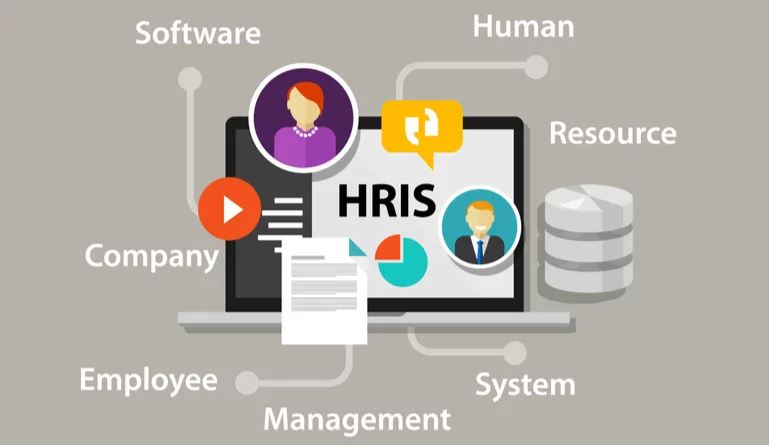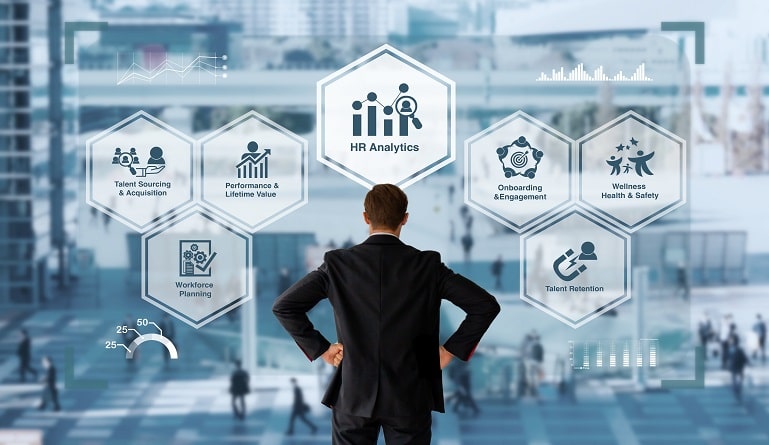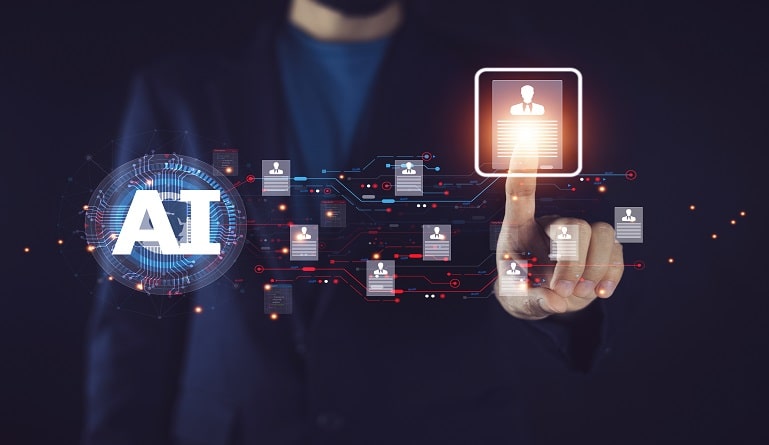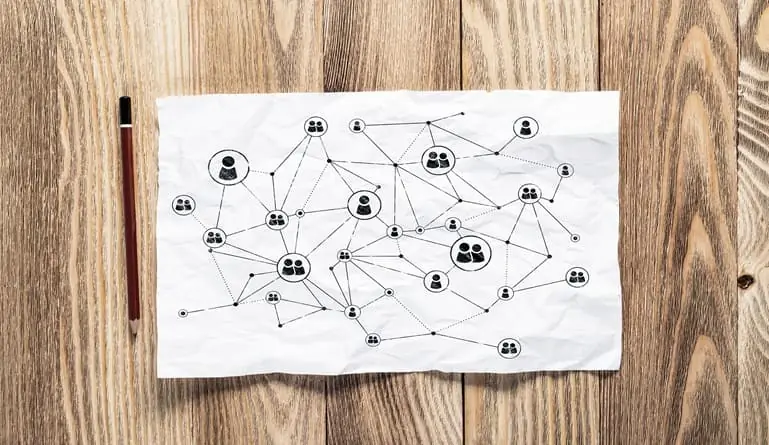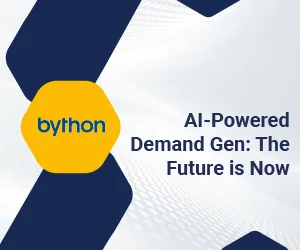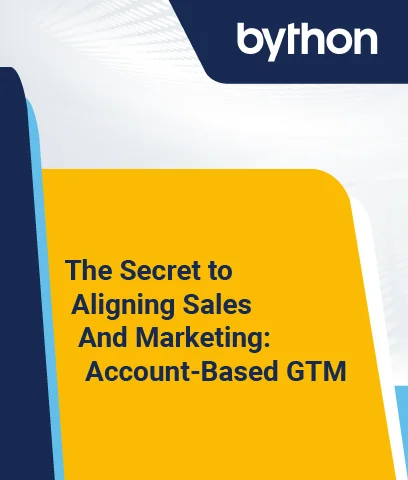As stated in the title of this article, HRIS is an acronym that stands for human resources information system. When human resources tasks are streamlined with digital data tools, it allows for information to be stored, monitoring and overseeing the of the HR sector, and income distribution and oversight.
Why HRIS is Important?
Using HRIS systems can help businesses stay within federal and state mandates by using the information accumulated to analyze their worker’s treatment on the job to figure out if they are being treated fairly. HRIS automated systems also help in reducing human errors that can occur when employee data is put into a system manually and saves time.
Different Types of HRIS
-
Operational HRIS
Assists companies in analyzing information about their employees in order to figure out the appropriate job position for each worker based on their skills and experience. Also helps to complete specific tasks for stakeholders.
-
Tactical HRIS
Assists in making choices alongside managers with hiring, employment and arrangement examination, onboarding, and income/incentive distributions within the organization.
-
Strategic HRIS
Assists in facilitating the arrangement of a business’ personnel based on the accessible amount of skill level within the organization. This comes in handy when a business is looking to broaden and better develop their operations.
-
Comprehensive HRIS
An all-around strategy of HR tactics and the use of the 3 types of HRIS listed above. It assists in streamlining data including HR digital documents, workers’ data, available job roles, recruiting and employment descriptions, employment examination and arrangement documents, rules and regulations documents on workers’ safety, etc.
What does HRIS Software do?
HRIS software assists in regulating and running databases for businesses. The sensitive data stored on these platforms usually have information about the workers’ population, employment, incentives, and vacation time.
Having this information allows businesses to monitor what is happening to their employees in real-time, make a record and recognize patterns within the organization, and create solutions for better business operations.
Popular HRIS Software Modules
-
Database oversight
A feature that is a highlight of HRIS software, easily obtainable information that is collected and monitored from a single platform. HR sectors use these platforms to place employee data within the system in order to complete tasks like filling available job positions, income distribution based on actual time worked, incentive offerings based on employees’ needs, etc.
-
Hiring
CV and interviewee oversight is an important feature in the hiring process. This is because it allows employers to have a thorough background about the people that they are considering bringing on to a company’s workforce and what they could possibly bring to the table, based on a candidate’s experience and skillset.
-
Applicant monitoring
This feature, known better as an applicant tracking system (ATS), oversees and monitors data about the interviewee, CV’s, and allows recruiters to link up job seekers to the position that best fits their skill set.
-
Punctuality and presence
A feature of HRIS that collects the information of when an employee shows up to the job and how many hours they worked.
-
Email notifications
Be notified of any changes within the database, whether you are an employee or a manager. This leads to transparency and more knowledge about business operations.
-
Worker auto-service
Workers can have the opportunity to regulate and oversee their own data by asking for time off by using HRIS, which can then be stored within the system automatically by a manager.
-
Analytical charts
While obtaining employee data, HRIS software allows businesses to observe trends within their workforce. This allows businesses to predict and catch future problems and gives them the opportunity to come up with solutions.
-
The management of incentives
This allows for the HR sector to oversee the distribution of guaranteed incentives to workers whether it is health, dental, or vacation based in a streamlined way.
-
Elevation arrangement
HRIS software does not just allow for employers to see who is the best person for a position when hiring from an external pool of candidates, it also shows which person from within the company can go from a managerial role to a chief executive role.
-
Fast report creation
The mechanized way in which HRIS acquires data allows users to produce analytical research reports from charts in a quick and orderly fashion.
-
Monitoring employee onboarding
Monitor the rate in which employees grasp the operational procedures of the workplace and how they are able to adapt to their new work environment during training.
-
Performance oversight
Monitor the work activities of workers through the HRIS platform to see employees are constantly busy working on completing tasks or if they are lacking in some areas.
-
Documentation and analysis
HRIS software allows for the HR sector to create reports in a mechanized way, thanks to data collection tools. This helps in the analysis process of making informed decisions about solving problems like worker turnover, no shows, completing tasks, etc.
-
Income
By monitoring the time when an employee checks in and out work, the HR sector can easily distribute the accurate amount of money that every individual has earned on a day-to-day basis of hours worked.
-
Onboarding
HRIS software can also be a platform for LMS or Learning Management Systems. This allows for training programs to have electronic classes for workers to better assist them in learning about company protocol and more about their newly acquired job position.
What Are the Benefits of HRIS?
-
Documentation of records
This HRIS tool monitors changes in the database that has to do with the workers.
-
Adherence
A tool that uses collected employee information within the database to ensure that workers are being treated in accordance with federal mandates and to curb false information of employees, carry emergency contacts, and tax information.
-
Proficiency
Having a streamlined database on one platform offers convenience and organization to an otherwise complicated and time-consuming process.
-
HR Tactics
This tool allows for the information collected to assist the HR sector and business by utilizing the knowledge gained to come up with tactics to better the organization.
-
Auto-service HR
Workers can interact, change, and oversee their own data within the software.
Challenges in HRIS
-
Information concealment and safety:
Like with anything regarding sensitive information and materials, data can be compromised.
-
Laws and adherence:
Being able to access peoples’ personal information must have checks and balances that are in accordance with the law within the area that it is accessed, especially if the software is used around the world.
-
Company interference:
Software platforms like to remain relevant in their industry through constant updates and retooling that could interrupt its usability with clients.
What Are Some Examples of HRIS?
-
Income and incentives administration
HRIS system helps to ease the often-complicated process of distributing income and incentives to employees. The database can differentiate between the employee who works full-time and part-time schedules and give them pay and incentives in accordance with the number of hours that they have worked.
-
Job candidate monitoring
Not only can HRIS gather and hold all CV’s on a single platform, but it can also sift through and break down the resumes that closely match up to the job role description based on key terms and mechanized rankings in the system.
-
Training checklist
Workers can do their training programs and fill out documents on their own time schedule, thanks to worker auto-service.
Steps You Should Follow for a Successful HRIS Implementation
-
Search
In choosing an HRIS platform to use, make sure that you know what exactly you need from within a human resources information system. Then, research different HRIS platforms.
Make is a small list of platforms that could possibly fulfill your needs. Check out a demo or proposal from all platforms selected from a small list. Then, select the HRIS software that is best for your business.
-
Organize and Put in Place
Once a preferred platform is chosen, create a group that will complete the transaction of purchasing the software and put the system place for future usage.
-
Map out and create
Flesh out specific tools that you will want to utilize on the platform. Then, boot up the technicalities of the interface, system, and safety features that you will want on the platform.
-
Arrange and try out
Organize groups of testers to try out the platform and be open to their criticisms about the usability of the software.
-
Teach and Converse
Teach the IT employees how to use the platform, make a plan that helps other conversate about their experiences with the platform, and a questions and concerns file to enhance the execution process of the installation of the software.
-
Open access and support
Once the platform is allowed to “go live”, document further feedback from users to create better onboarding material that is up to date with the platform.
HRIS Vendors
- Ascentis
- BambooHR
- Criterion
- CoreHR
- Dayforce
Difference Between HCM, HRIS, and HRMS
| HRIS (Information System) | HRMS (Management System) | HCM (Human Capital Management) |
|---|---|---|
| Simple platform that stores information about employees into a single database | An updated version of HRIS with intricate software and mechanized task tools | Has the ability to carry every function required to complete HR tasks and oversight |
| Every so often used in place of HRMS due to similarities | Has added tools from tracking and overseeing quality worker data, like interaction and approval | Measures both employee interaction and production & their calculable and subjective talents |
The Future of HRIS
The evolution of gathering employee information within the HR sectors has been a swift process in this modern era. The “human” in human resources has become more and more reliable on technologically advanced abilities to store personal information.
This has made the jobs of both workers and the HR sector much easier. However, there has also been a growing concern for human resources becoming less “human” and more “machine.”
To combat this notion, HRIS has prioritized making operations within the workplace more personal by using artificial intelligence and machine learning tools to assist both workers and human resources departments in acquiring and holding sensitive information.
By sensing what the user needs to accomplish, these systems assist in accomplishing tasks like editing employee data to choosing the best onboarding program based on a workers’ talents and needs.
It is the goal to ensure that humans and machines are in constant collaboration with one another to accomplish tasks for improved work performances, saving time, and a better work environment.
Final Thoughts
As the work environment becomes more complex, in this current time, it is imperative for companies to keep their workers interacting with their job and remaining happy with the rise of work-from-home jobs.
HRIS can help employers in keeping up with their staff to create a more satisfactory work environment, no matter if it is brick-and-mortar or digital. Not only does HRIS make the jobs of workers easier, but it also takes a load off any human resources departments shoulders.
Acquiring and storing information, creating in onboarding sessions, analyzing trends, and monitoring employee work performance and approval rates can be a daunting task for even a large team of people.
HRIS has reduced the difficulty, time, and strife that it takes to complete all of these tasks, which has made the work environment less stressful and easier to navigate in these difficult times. In a time where it seems that everyone is disconnected in all facets of life, HRIS platforms have played an essential part in holding everything together in work environments everywhere.
Everyday technology is getting smarter and in-tuned to the needs of humans. This creates a bridge to gaps between HR and employees. Easily accessible, easy to use, and streamlined tools have helped HRIS become an important aspect of the modern workplace.
Before HRIS, for employees, the human resources department seemed like an inaccessible entity that was only there for the protection of the company. Now, HRIS can improve that relationship between employer and employee by being accommodating to everyone’s’ needs.
***
Kierra Benson is an alumnus of the University of North Texas at Dallas with a Bachelor’s degree in Communication and Technology. She previously completed an internship at a local newspaper and worked as a content creator for a small online business. Her goal is to work in the media industry in writing/editing and advertising. She has always been fascinated by how messages are marketed in the media to influence the masses and sell products. Connect with her on LinkedIn.


